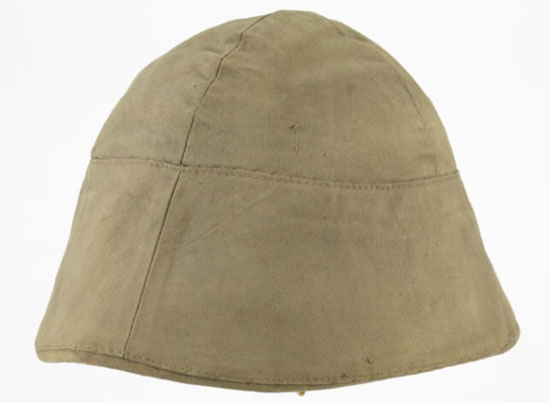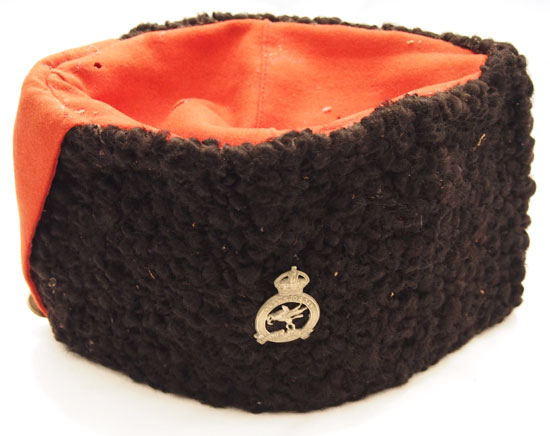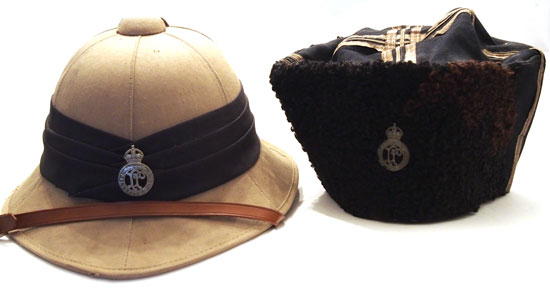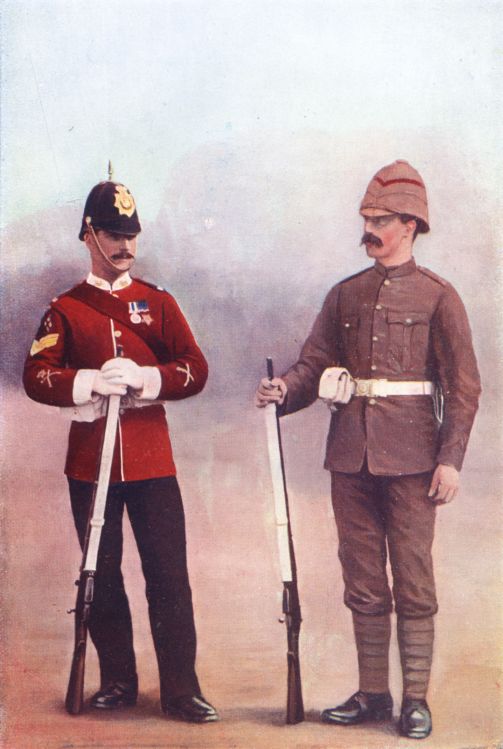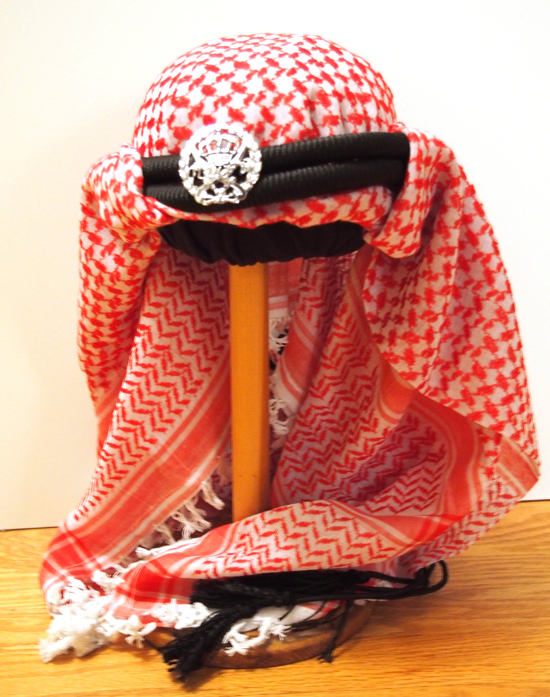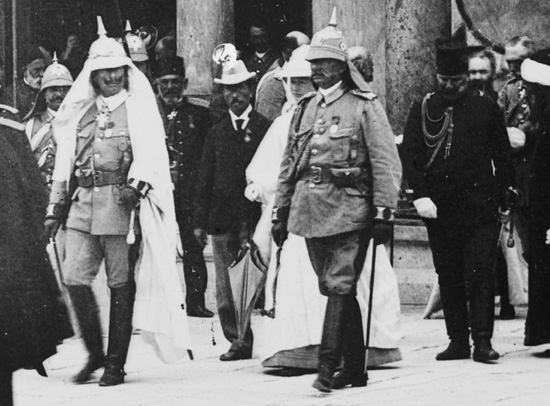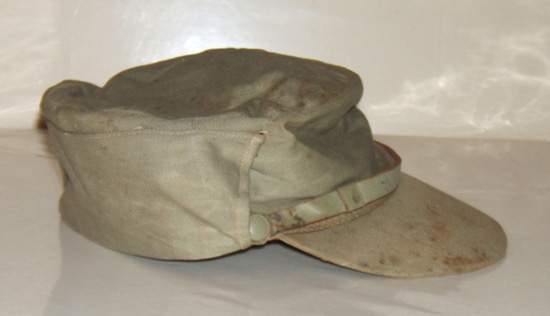
Side view of the Hitelmacher. Even more appealing when it retains a straight shape. (Collection of Alex Ben-Arieh/Historama.com)
Though the Israeli Army earned glory on the battlefield in 1948, it came into being during a period where militaria started to lose its national uniqueness. Under the influence of Eastern and Western alliances, and more efficient production processes, armies began to adopt homogeneous, if boring, accessories and equipment such as mass-made nylon patches, conventional uniforms and plain, generic helmets.
During the 1947-49 War of Independence, the Israeli Defense Forces (IDF) and its forerunners sported ‘sock hats’ (“Kova Gerev” – in Hebrew) from local manufacture or leftover British Army stocks. However the army also succeeded in receiving a uniquely styled hat in sufficient quantities that its presence also left its mark on the identity of the army: the ‘Hitelmacher’ hat. The Hitelmacher bears a semblance to a kepi in the style of a Finmark hat, but when affixed with the Army’s emblem, it also exhibits a ceremonial elegance.
Continue reading →
